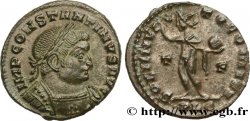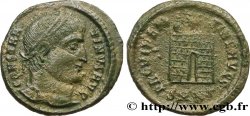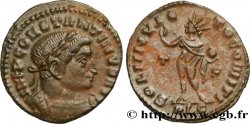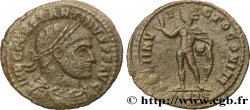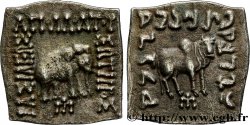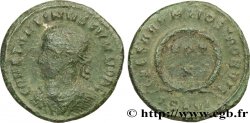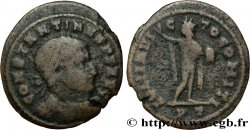E-auction 535-455801 - brm_578098 - CONSTANTINE I THE GREAT Follis ou nummus
You must signin and be an approved bidder to bid, LOGIN TO BID. Accounts are subject to approval and the approval process takes place within 48 hours. Do not wait until the day a sale closes to register. Clicking on « bid » constitutes acceptance of the terms of use of cgb.fr private e-auctions.
Bids must be placed in whole Euro amounts only. The sale will start closing at the time stated on the item description; any bids received at the site after the closing time will not be executed. Transmission times may vary and bids could be rejected if you wait until the last second. For further information ckeck the E-auctions F.A.Q.
NO BUYER'S FEE.
NO BUYER'S FEE.
| Estimate : | 80 € |
| Price : | 69 € |
| Maximum bid : | 75 € |
| End of the sale : | 17 July 2023 14:10:00 |
| bidders : | 6 bidders |
Type : Follis ou nummus
Date: 316
Mint name / Town : Viennoise, Arles
Metal : copper
Diameter : 18,5 mm
Orientation dies : 6 h.
Weight : 3,42 g.
Rarity : R2
Officine: 3e
Coments on the condition:
Exemplaire sur un petit flan épais et ovale, bien centré à l’usure superficielle. Beau portrait. Joli revers avec une représentation de Sol inhabituelle. Patine gris métallique foncé avec des reflets marron
Catalogue references :
Predigree :
Cet exemplaire provient de MONNAIES 55, n° 334
Obverse
Obverse legend : IMP CONSTANTINVS P F AVG.
Obverse description : Buste lauré, drapé et cuirassé de Constantin Ier à droite, vu de trois quarts en avant (A*2).
Obverse translation : “Imperator Constantinus Pius Felix Augustus”, (L’empereur Constantin pieux heureux auguste).
Reverse
Reverse legend : SOLI IN-VI-CTO COMITI/ *|-/ T|F// TARL.
Reverse description : Sol (le Soleil) radié à demi nu, debout à gauche, levant la main droite et tenant un globe de la gauche, le manteau flottant.
Reverse translation : “Soli Invicto Comiti”, (Au compagnon le Soleil invincible).
Commentary
Avec son argenture superficielle. Rubans de type 3. Ptéryges invisibles sous le paludamentum. Seulement sept exemplaires recensés dans l’inventaire de Philippe Ferrando dont quatre dans les musées.







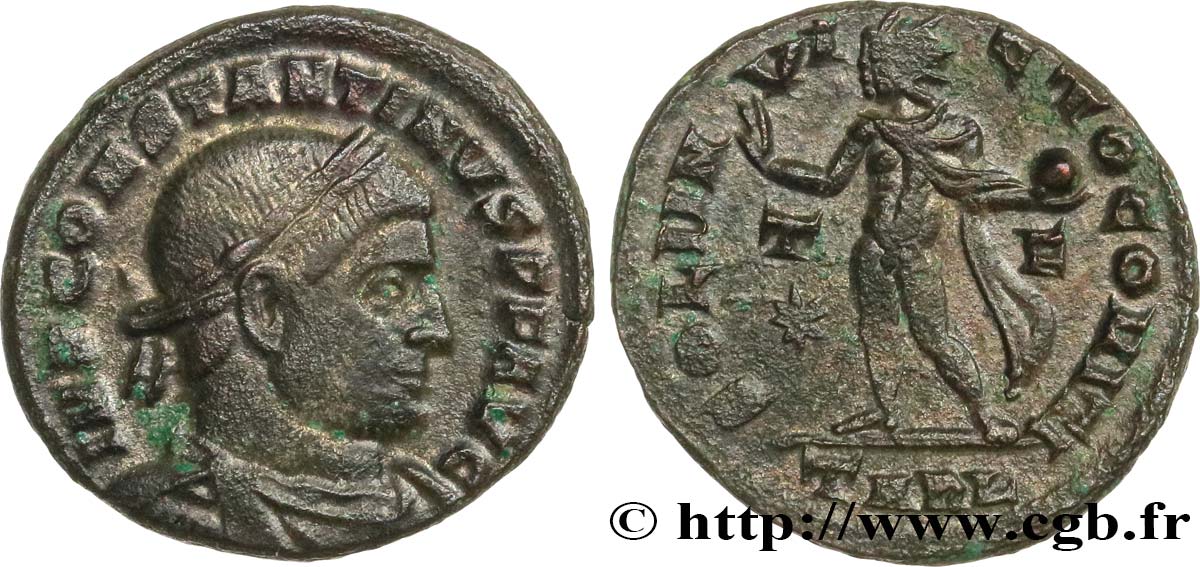
 Report a mistake
Report a mistake Print the page
Print the page Share my selection
Share my selection Ask a question
Ask a question Consign / sell
Consign / sell
 Full data
Full data
